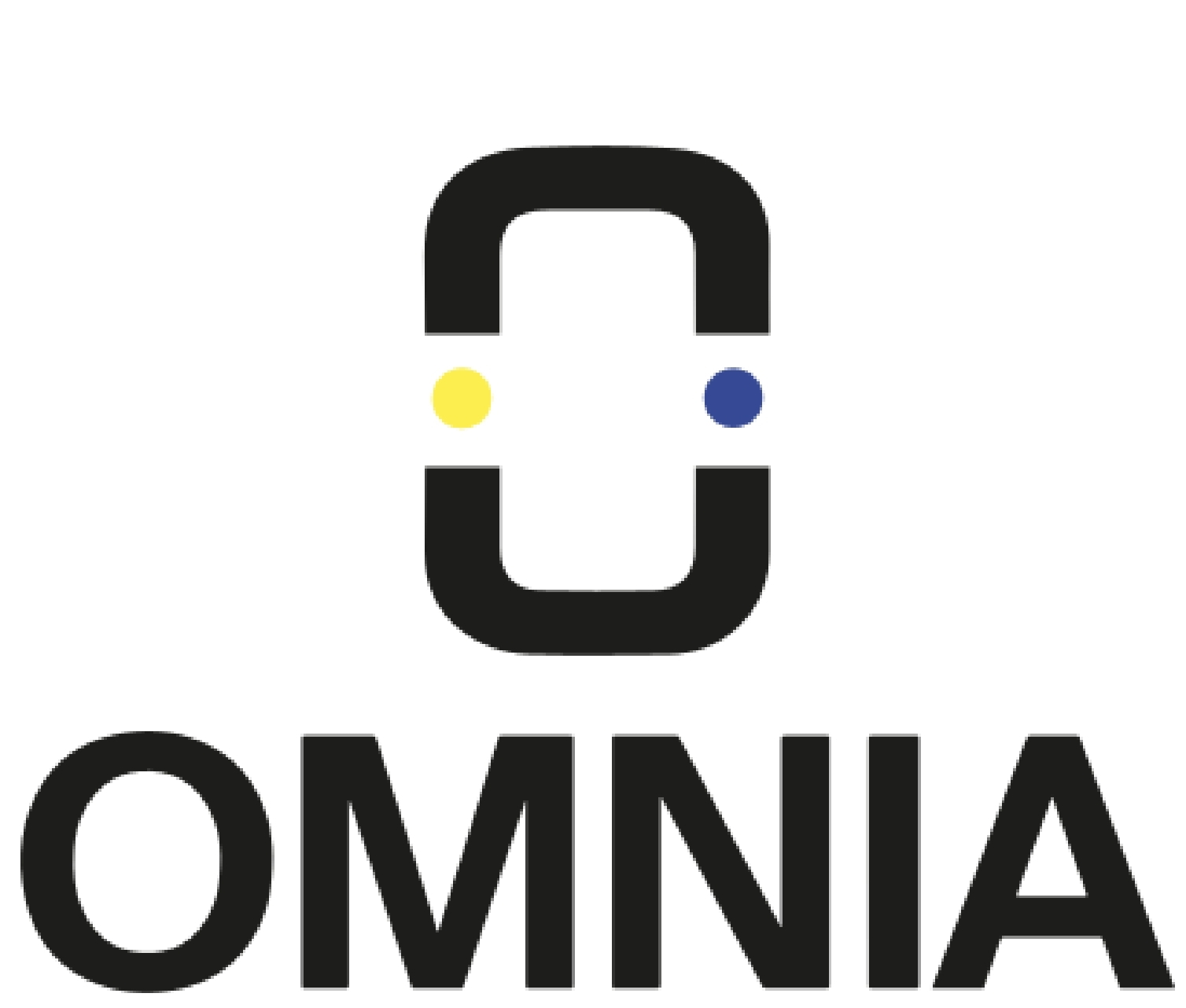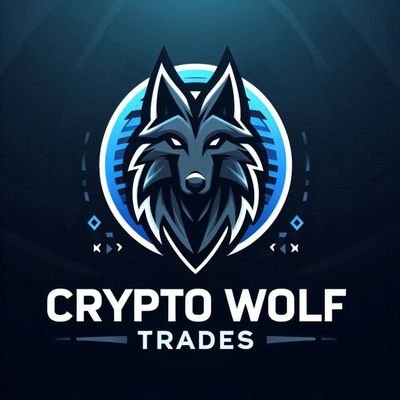
OMNIA Protocol priceOMNIA
OMNIA/USD price calculator
OMNIA Protocol market Info
Live OMNIA Protocol price today in USD
The cryptocurrency market on October 10, 2025, is buzzing with activity, characterized by a prevailing bullish sentiment, significant price movements in major assets, key regulatory discussions, and a surge in institutional engagement. October, often dubbed 'Uptober' in crypto circles, continues to live up to its reputation, fueled by a confluence of macroeconomic factors and specific digital asset developments.
Bitcoin's Sustained Bull Run and Market Dynamics Bitcoin (BTC) remains a central focus, trading near its all-time highs and demonstrating remarkable resilience. The cryptocurrency has been testing critical resistance levels, with analysts closely watching the $125,000 to $130,000 range for a potential decisive breakout. Despite some short-term volatility, the broader market structure for Bitcoin is viewed as bullish, supported by substantial institutional inflows into Bitcoin Exchange Traded Funds (ETFs) and a positive seasonal outlook for October. Whale accumulation activities and the formation of a 'bull flag' technical pattern are signaling a potential explosive breakout, possibly pushing Bitcoin towards the $140,000 mark. Conversely, some analysts caution about potential short-term pullbacks, with support levels around $120,000 being closely monitored following recent dips. [5, 6, 17, 23, 26, 32, 33]
Ethereum's Ascending Trajectory Driven by 'Fusaka' Upgrade Ethereum (ETH) is experiencing a strong price surge, becoming another hot topic in today's market. A primary driver for this bullish momentum is the eagerly anticipated 'Fusaka' upgrade, scheduled for December 3, 2025, with testing commencing this month. This upgrade aims to significantly enhance Ethereum's scalability and efficiency by reducing transaction fees and increasing the block gas limit. Experts project that the successful rollout of Fusaka could propel ETH to reach $5,000 in the short term, with some optimistic forecasts even eyeing $10,000 by year-end. Growing institutional interest in Ethereum further underscores its pivotal role in the evolving digital asset landscape. [7, 10, 39, 42]
Altcoin Season Anticipation and ETF Developments The crypto community is also keenly awaiting what many believe will be a robust 'altcoin season.' The prospect of spot ETF approvals for several prominent altcoins, including Solana (SOL), Litecoin (LTC), XRP, and Cardano (ADA), is generating considerable excitement. Decisions for Solana and Litecoin ETFs are particularly anticipated around mid-October, potentially acting as catalysts for broad altcoin rallies. Solana, with its strong technical foundations and ongoing ETF discussions, is highlighted as a potential outperform-er. This institutional embrace of a wider array of digital assets is expected to diversify investment portfolios beyond Bitcoin and Ethereum. [2, 3, 18, 20, 21, 31]
Key Regulatory Developments Taking Center Stage Regulation continues to be a dynamic area in the crypto market. In the United States, the SEC and CFTC have announced new strategies aimed at fostering crypto adoption by introducing innovation exemptions and reducing barriers for institutional participation. A notable discussion on October 10 involves calls for US tax relief on Bitcoin payments, with figures like Jack Dorsey advocating for de minimis exemptions to encourage Bitcoin's use as a medium of exchange. [8, 16, 27]
Across the Atlantic, European supervisory authorities from Austria, Italy, and France are urging reforms to the MiCAR regulation. Their concerns stem from perceived inconsistencies in MiCAR's application across member states, leading to 'regulator shopping.' They propose stricter oversight for crypto-asset service providers and centralized supervision by the European Securities and Markets Authority (ESMA). Meanwhile, in California, the Department of Financial Protection and Innovation (DFPI) is accepting comments on modified regulations for its Digital Financial Assets Law until October 15, 2025, which mandates licensing for crypto-related businesses. [22, 30]
Institutional Integration and DeFi Ecosystem Expansion Institutional adoption remains a powerful force shaping the market. Record inflows into Bitcoin ETFs and the increasing number of corporations adopting Bitcoin as a treasury asset (e.g., MicroStrategy, Metaplanet, Tether) highlight a growing confidence in digital assets. Notably, Nomura's digital asset subsidiary, Laser Digital, has partnered with Solidus Labs to enhance crypto-native market surveillance, signaling further maturation of institutional engagement. Coinbase's strategic moves, including its acquisition of Deribit and substantial holdings of Bitcoin and Ethereum, also underscore its expanding influence. [6, 9, 11, 12, 16, 33, 41]
In the DeFi space, protocols are witnessing increased Total Value Locked (TVL) and trading volumes as capital rotates from Bitcoin profits. The Solana ecosystem, in particular, is seeing robust development. DeFi Development Corp. is making waves by expanding its Solana treasury operations, launching a dedicated Solana-powered treasury project in Japan (DFDV JP), and introducing weekly options trading on CBOE for its SOL-accumulating stock. Furthermore, Jupiter, a leading decentralized exchange aggregator on Solana, announced plans to launch its own stablecoin, JupUSD, powered by Ethena Labs, slated for mid-Q4 2025. [4, 24, 25, 28, 37, 40, 43]
NFT Market's Shift Towards Utility The Non-Fungible Token (NFT) market is undergoing a significant transformation, moving beyond speculative trading towards practical utility and sustained value. While overall market dynamics are nuanced, certain blue-chip collections like Pudgy Penguins are showing remarkable resilience and growth. Major players in the NFT space are refocusing on community engagement and real-world applications, a trend reinforced by a recent legal victory for Yuga Labs, creators of the Bored Ape Yacht Club (BAYC), which provided some much-needed regulatory clarity. [13, 38]
Overall, October 10, 2025, reflects a crypto market that is not only buoyant but also rapidly evolving, driven by technological advancements, regulatory clarity (or the pursuit thereof), and an undeniable surge in institutional participation across various segments.
Do you think the price of OMNIA Protocol will rise or fall today?
Now that you know the price of OMNIA Protocol today, here's what else you can explore:
How to buy OMNIA Protocol (OMNIA)?How to sell OMNIA Protocol (OMNIA)?What is OMNIA Protocol (OMNIA)What would have happened if you had bought OMNIA Protocol (OMNIA)?What is the OMNIA Protocol (OMNIA) price prediction for this year, 2030, and 2050?Where can I download OMNIA Protocol (OMNIA) historical price data?What are the prices of similar cryptocurrencies today?Want to get cryptocurrencies instantly?
Buy cryptocurrencies directly with a credit card.Trade various cryptocurrencies on the spot platform for arbitrage.OMNIA Protocol price prediction
When is a good time to buy OMNIA? Should I buy or sell OMNIA now?
What will the price of OMNIA be in 2026?
What will the price of OMNIA be in 2031?
About OMNIA Protocol (OMNIA)
What Is Omnia Protocol?
Omnia Protocol is a decentralized infrastructure built to offer secure, private, and reliable access to various blockchain networks. It addresses concerns with centralization, where a few major providers control access to blockchain services, creating risks like outages or potential data exploitation. By distributing network tasks across independent nodes, Omnia Protocol reduces these risks and ensures continuous, decentralized access to blockchains like Ethereum, Binance Smart Chain, and others.
The protocol caters to decentralized finance (DeFi) users, developers, and organizations that require secure blockchain interactions without relying on centralized providers. By focusing on privacy and decentralization, Omnia aims to support the growing demand for secure blockchain infrastructure in the Web3 ecosystem.
How Omnia Protocol Works
Omnia Protocol connects users and applications to blockchain networks through a decentralized network of nodes. These nodes act as decentralized API gateways, processing blockchain transactions and ensuring that no single entity controls or monopolizes access to the network. The decentralized structure makes the protocol more resilient, reducing the likelihood of service interruptions caused by failures in centralized infrastructure.
To ensure data privacy, Omnia uses cryptographic techniques to protect sensitive transaction information. This is particularly important for DeFi users who are at risk of strategies like frontrunning, where transaction orders are exploited. Omnia includes tools to safeguard against such attacks, providing users with more secure access to blockchain networks.
Node operators play a key role in maintaining the network. They register their nodes through the Omnia platform, and in return for their participation, they receive rewards in the form of $OMNIA tokens. These operators must meet performance and security standards, with Omnia regularly verifying node activity to ensure compliance. Failing to meet these standards could result in a penalty, reinforcing the network’s reliability.
Omnia Protocol also supports multiple blockchains, enabling developers and users to interact securely with different blockchain ecosystems. It offers both public and private Remote Procedure Call (RPC) endpoints, facilitating efficient blockchain communication for decentralized applications (dApps) and other services.
What Is OMNIA Token Used For?
The OMNIA token plays a central role in the Omnia ecosystem as both a utility and governance token. It is used for several key functions within the network, including:
-
Node Operator Incentives: Node operators who contribute to the decentralized infrastructure by maintaining and securing nodes are rewarded in OMNIA tokens. The amount of tokens earned is based on the node's performance, uptime, and the volume of requests it handles.
-
Staking and Governance: OMNIA token holders can stake their tokens to participate in the governance of the protocol. This allows them to vote on important protocol decisions, such as updates, network fees, and future developments. Staking also ensures that node operators have a vested interest in maintaining high standards of service.
-
Access to Premium Services: Users can use OMNIA tokens to unlock premium features, such as access to private RPC nodes, enhanced transaction security, and priority services. The token can also be used to reduce fees for higher-tier subscription plans, providing discounts based on the number of tokens held.
Conclusion
Omnia Protocol is a decentralized infrastructure solution designed to address the challenges of centralization, privacy, and security in blockchain networks. By leveraging a network of distributed nodes and offering incentives through the OMNIA token, it provides a reliable and privacy-focused solution for accessing blockchain services. The protocol is designed to meet the needs of DeFi users, developers, and organizations looking for secure, decentralized alternatives to centralized blockchain providers.
Bitget Insights




OMNIA/USD price calculator
OMNIA resources
What can you do with cryptos like OMNIA Protocol (OMNIA)?
Deposit easily and withdraw quicklyBuy to grow, sell to profitTrade spot for arbitrageTrade futures for high risk and high returnEarn passive income with stable interest ratesTransfer assets with your Web3 walletWhat is OMNIA Protocol and how does OMNIA Protocol work?
Global OMNIA Protocol prices
Buy more
FAQ
What is the current price of OMNIA Protocol?
What is the 24 hour trading volume of OMNIA Protocol?
What is the all-time high of OMNIA Protocol?
Can I buy OMNIA Protocol on Bitget?
Can I get a steady income from investing in OMNIA Protocol?
Where can I buy OMNIA Protocol with the lowest fee?
Related cryptocurrency prices
Prices of newly listed coins on Bitget
Hot promotions
Where can I buy OMNIA Protocol (OMNIA)?
Video section — quick verification, quick trading









